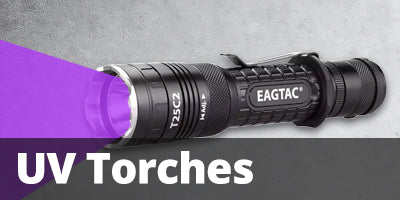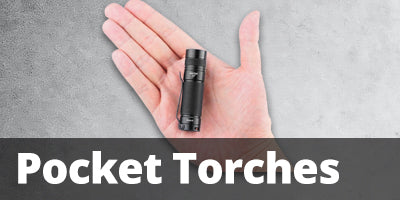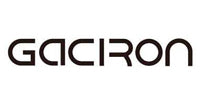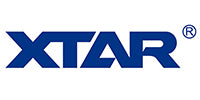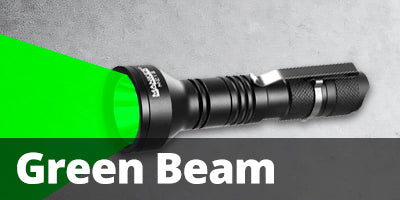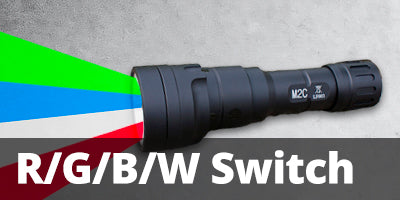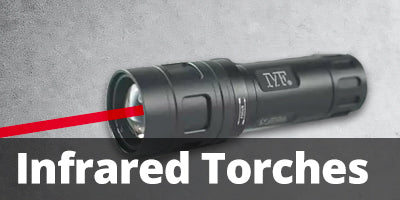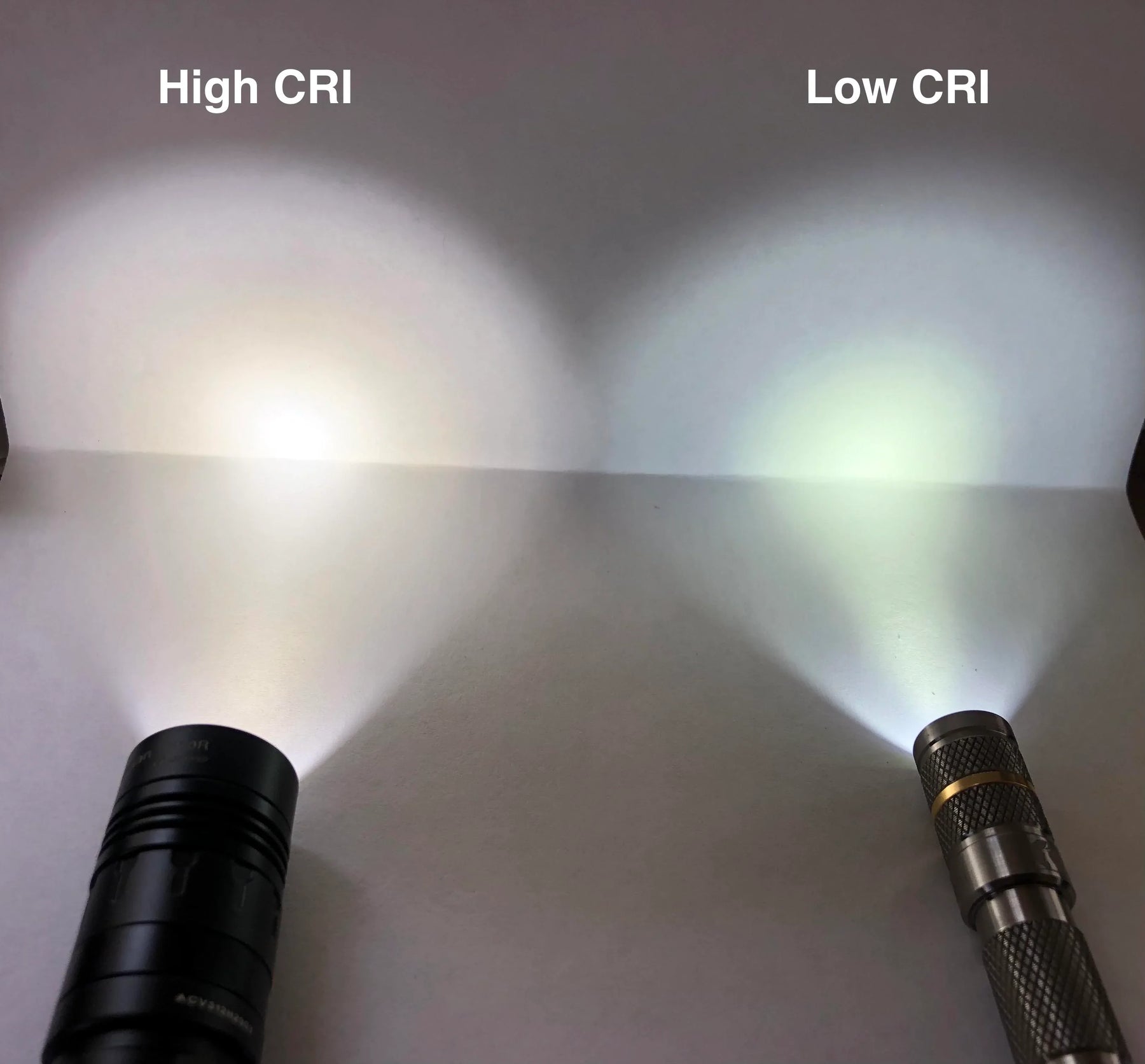
Understanding High CRI Torches and Their Applications
In the realm of torches, not all light is created equal. While traditional torches prioritise brightness, high CRI torches focus on something quite different: colour accuracy.
Unpacking the Jargon: What is CRI?
CRI, or Colour Rendering Index, is a numerical value (0-100) that indicates how accurately a light source renders the colours of objects compared to natural light. A high CRI torch, with a rating typically above 90, aims to replicate natural sunlight as closely as possible, revealing colours with exceptional fidelity.

Beyond Brightness: The Benefits of High CRI Torches
While standard torches offer adequate illumination, high CRI torches provide several unique advantages:
- Enhanced Colour Accuracy: Whether you're a photographer capturing nature's beauty, an artist working on a detailed masterpiece, or a mechanic diagnosing an engine problem, accurate colour representation is crucial. High CRI torches ensure you see colours as they truly are, aiding in precision and eliminating potential misinterpretations.
- Improved Visual Comfort: The artificial light from traditional torches can sometimes strain the eyes, especially for extended periods. High CRI torches, by mimicking the natural light spectrum, are perceived as more comfortable for the eyes, reducing fatigue and promoting a better visual experience.
- Natural Appearance of Objects: When using a high CRI torch, the illuminated objects appear more natural and vibrant, offering a more realistic perception of the environment compared to the sometimes harsh and distorted colours of standard torches.
Applications for High CRI Torches:
The benefits of high CRI go beyond everyday use of a torch. Here are some specific applications:
- Photography: Professional and hobbyist photographers rely on high CRI torches for accurate colour rendering, ensuring their shots capture the true essence of the scene, especially in low-light situations.
- Art and Design: Artists and designers utilise high CRI torches to ensure accurate colour perception when working on projects, enabling them to make precise colour choices and maintain consistency throughout their work.
- Inspections and Quality Control: Professionals in various fields, such as construction, automotive repair, and manufacturing, use high CRI torches to inspect materials and equipment for colour variations or defects that might be missed under standard light sources.
- Medical Applications: In some medical settings, high CRI torches can be used for examinations and procedures where accurate colour visualisation is critical.

Choosing the Right High CRI Torch:
When selecting a high CRI torch, consider these factors:
- CRI Rating: Aim for a torch with a CRI rating of 90 or above for optimal colour accuracy.
- Brightness: While colour accuracy is crucial, brightness is still important for certain tasks. Choose a torch with a sufficient lumen output to meet your needs.
- Beam Pattern: Depending on your application, choose a beam pattern that best suits your needs. Floodlights offer wide illumination, while spot beams provide focused light for specific areas.
- Portability and Size: Consider the size and weight of the torch for your intended use. Compact torches are ideal for carrying around, while larger torches might offer more power and features.
Conclusion:
High CRI torches offer a valuable alternative to traditional torches, prioritising colour accuracy over sheer brightness. Whether you're a professional photographer, an artist seeking meticulous detail, or simply someone who appreciates the natural appearance of things, a high CRI torch can enhance your experience and provide a more accurate representation of the world around you.






